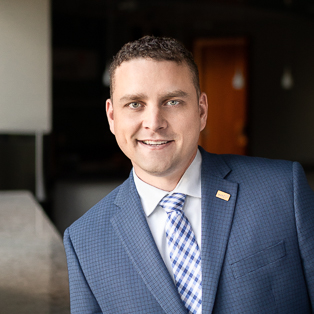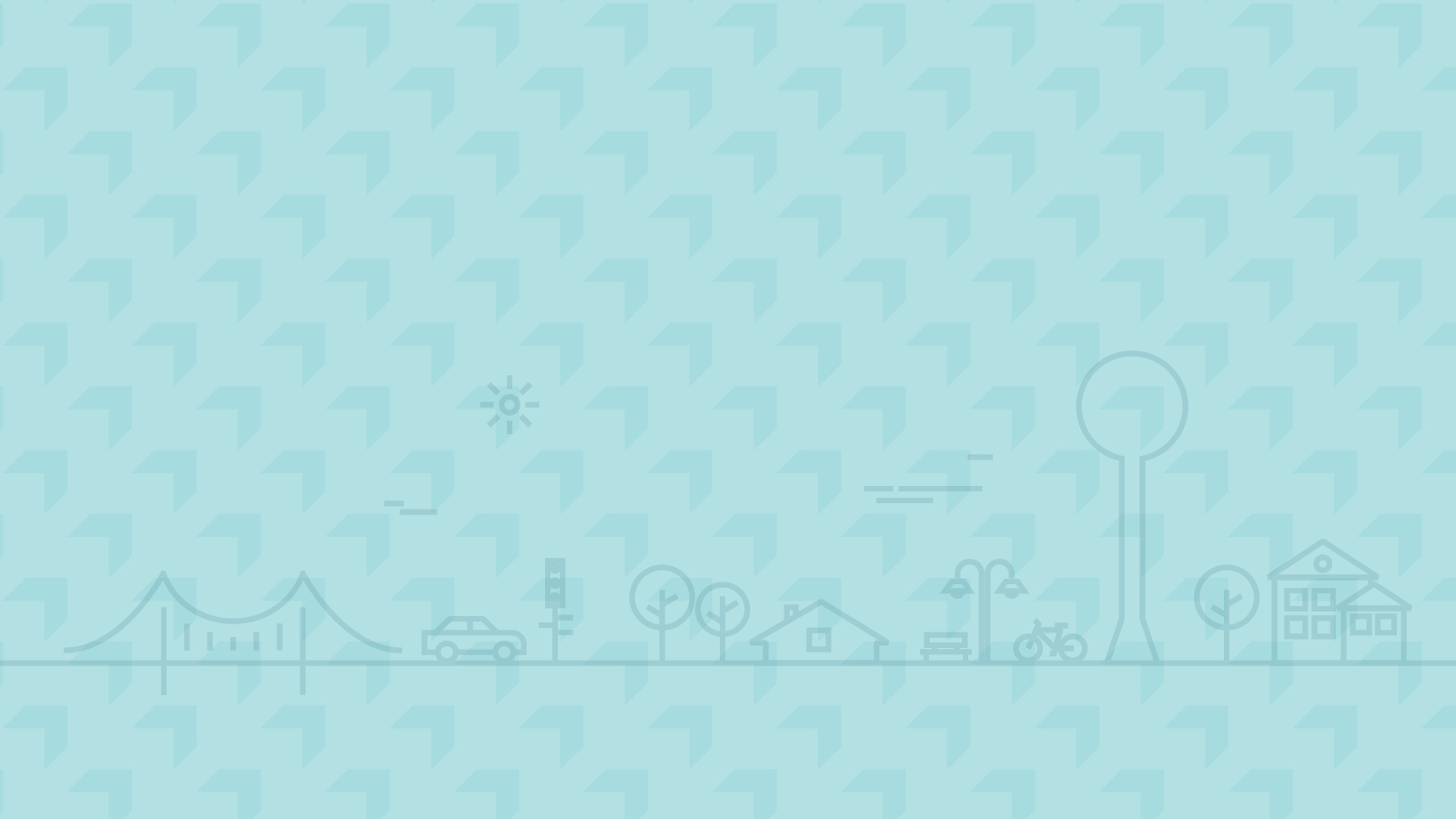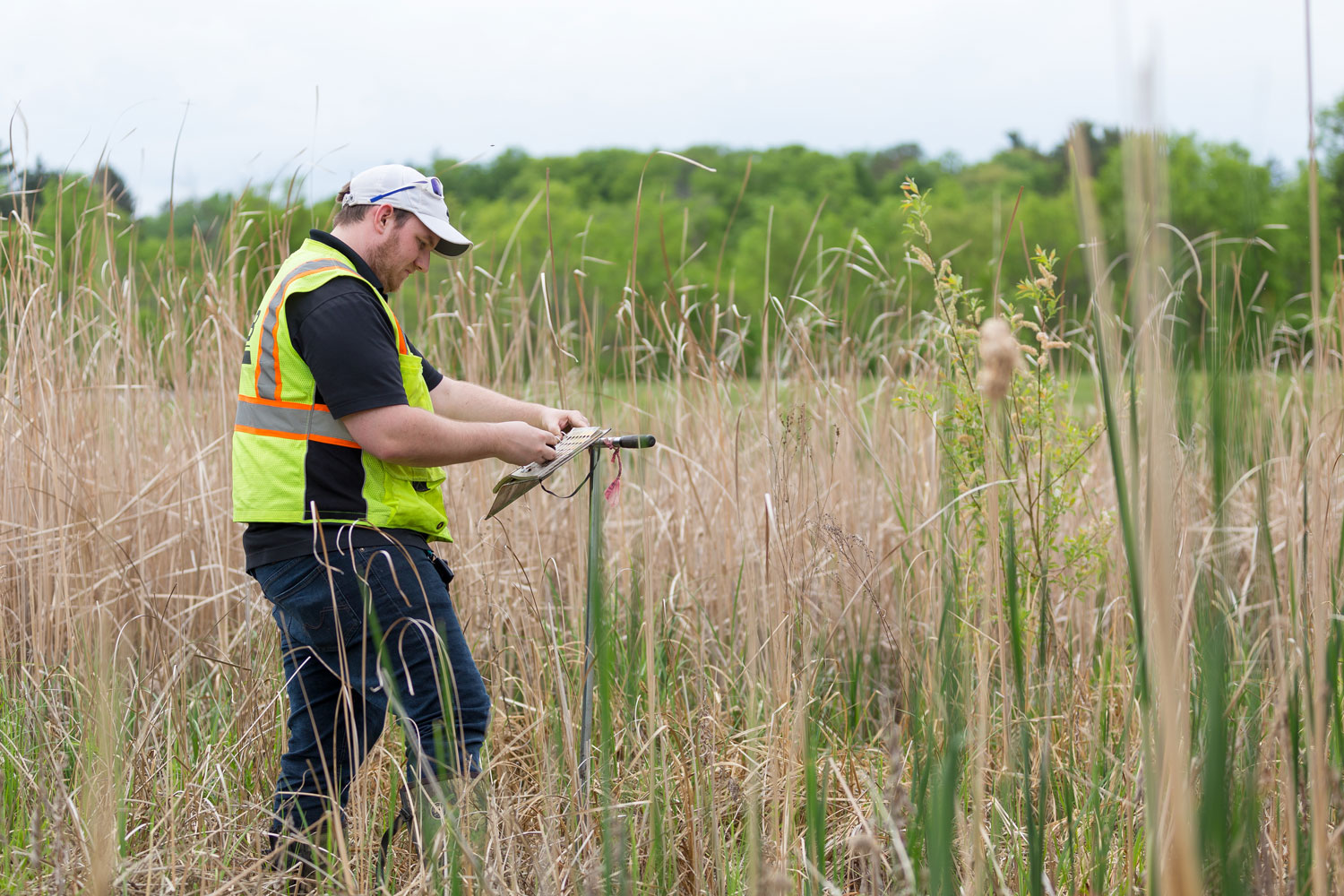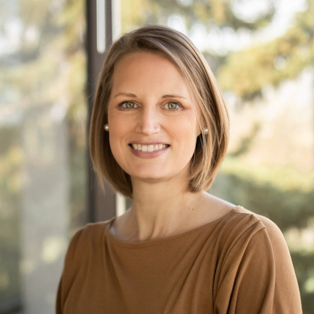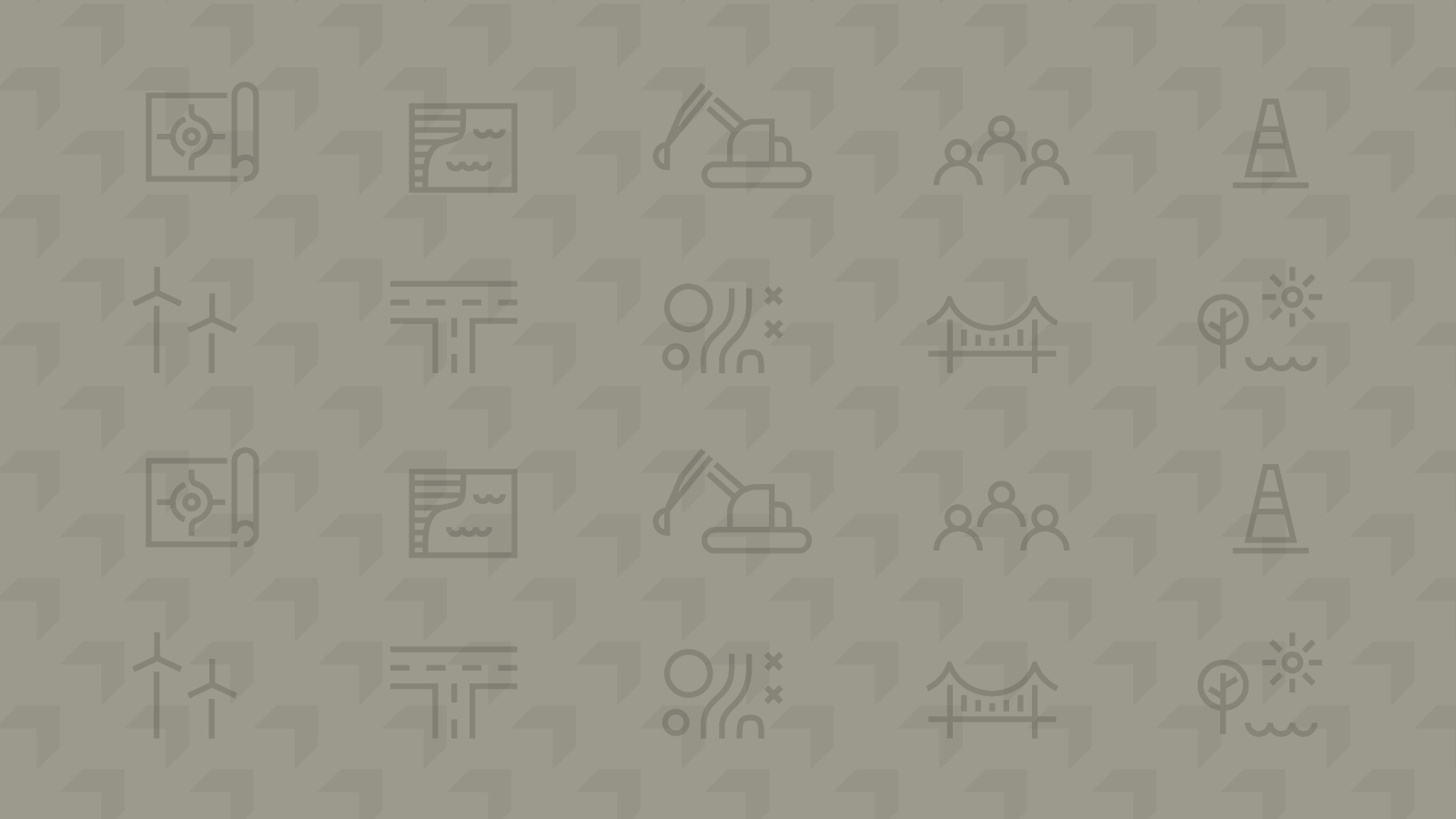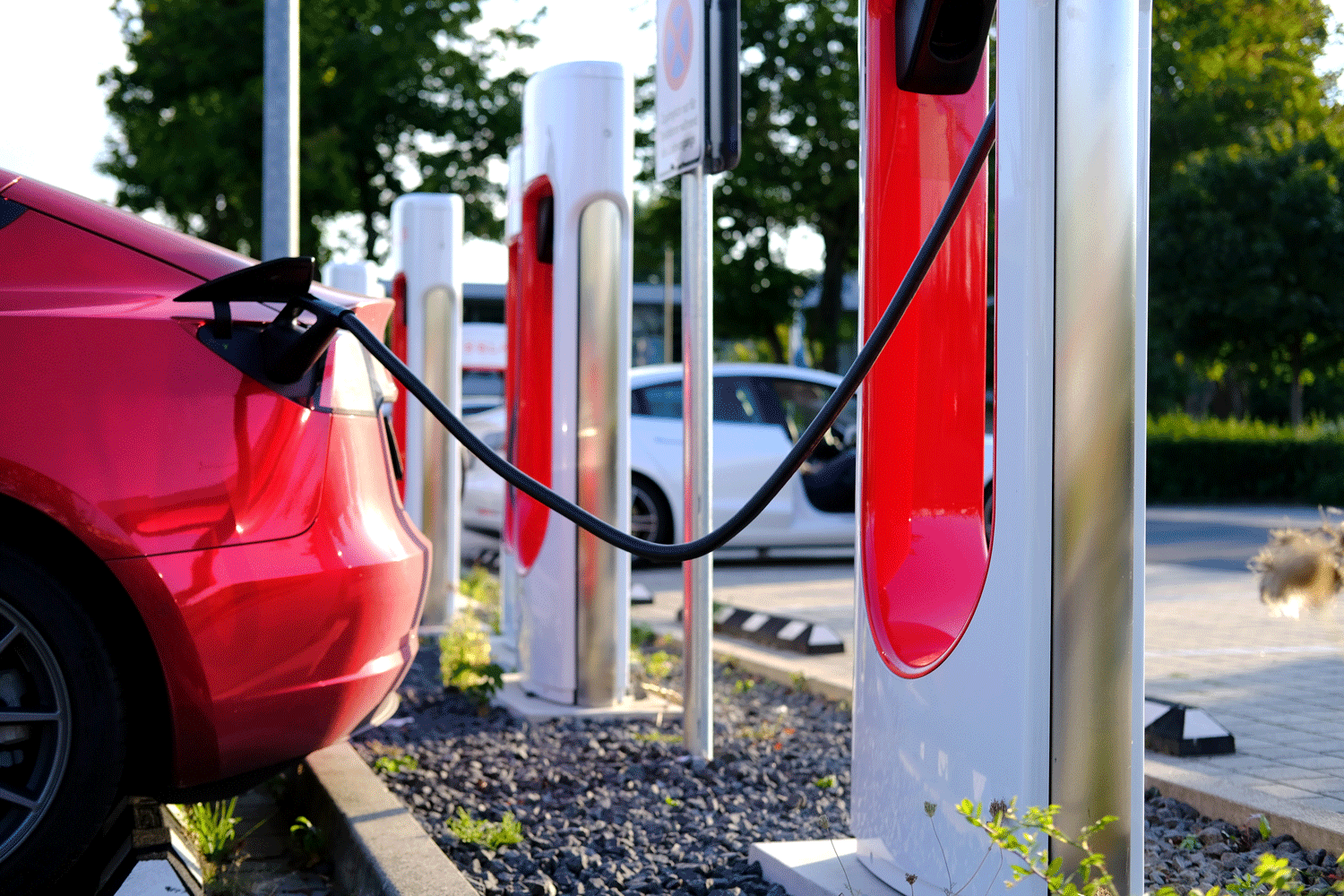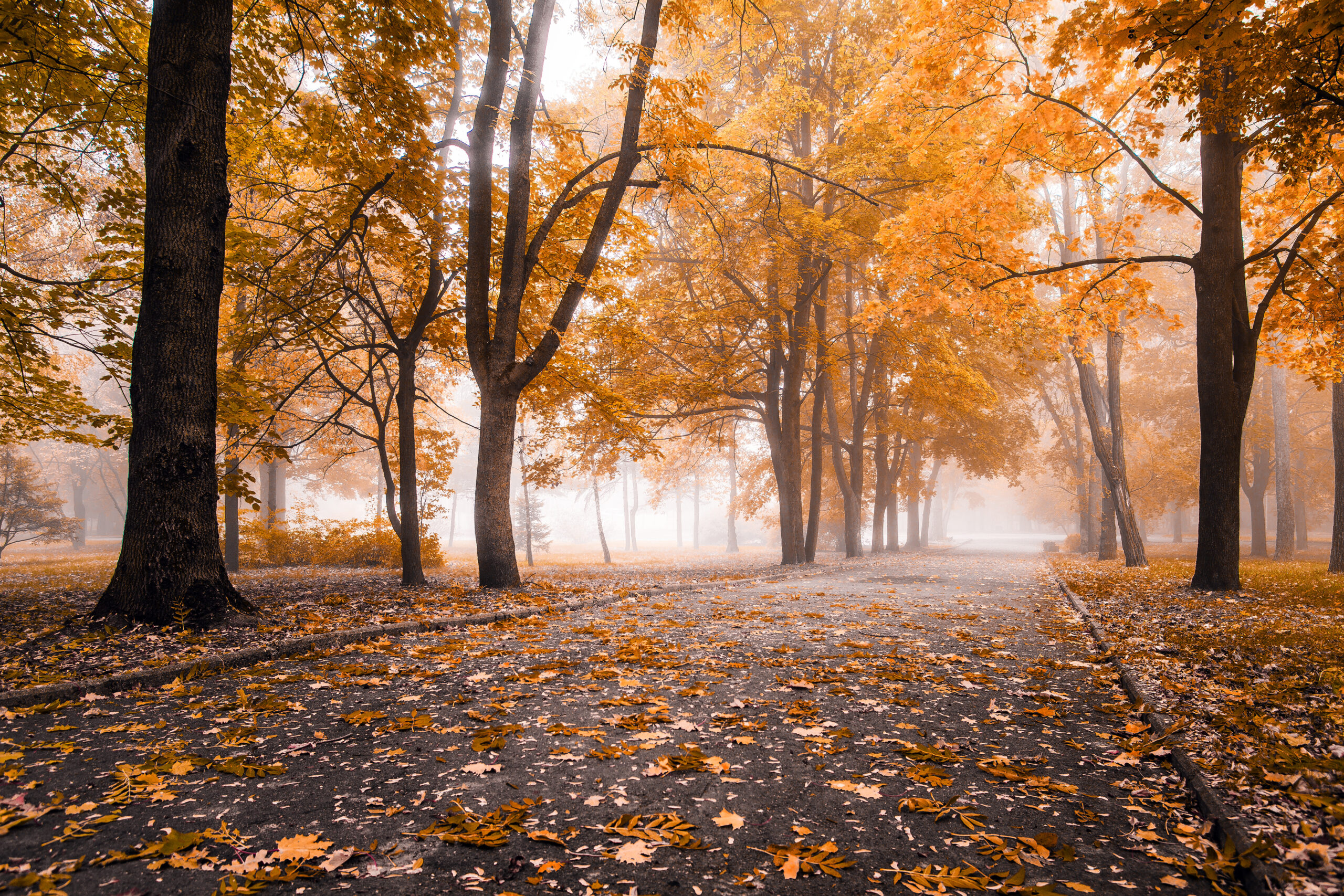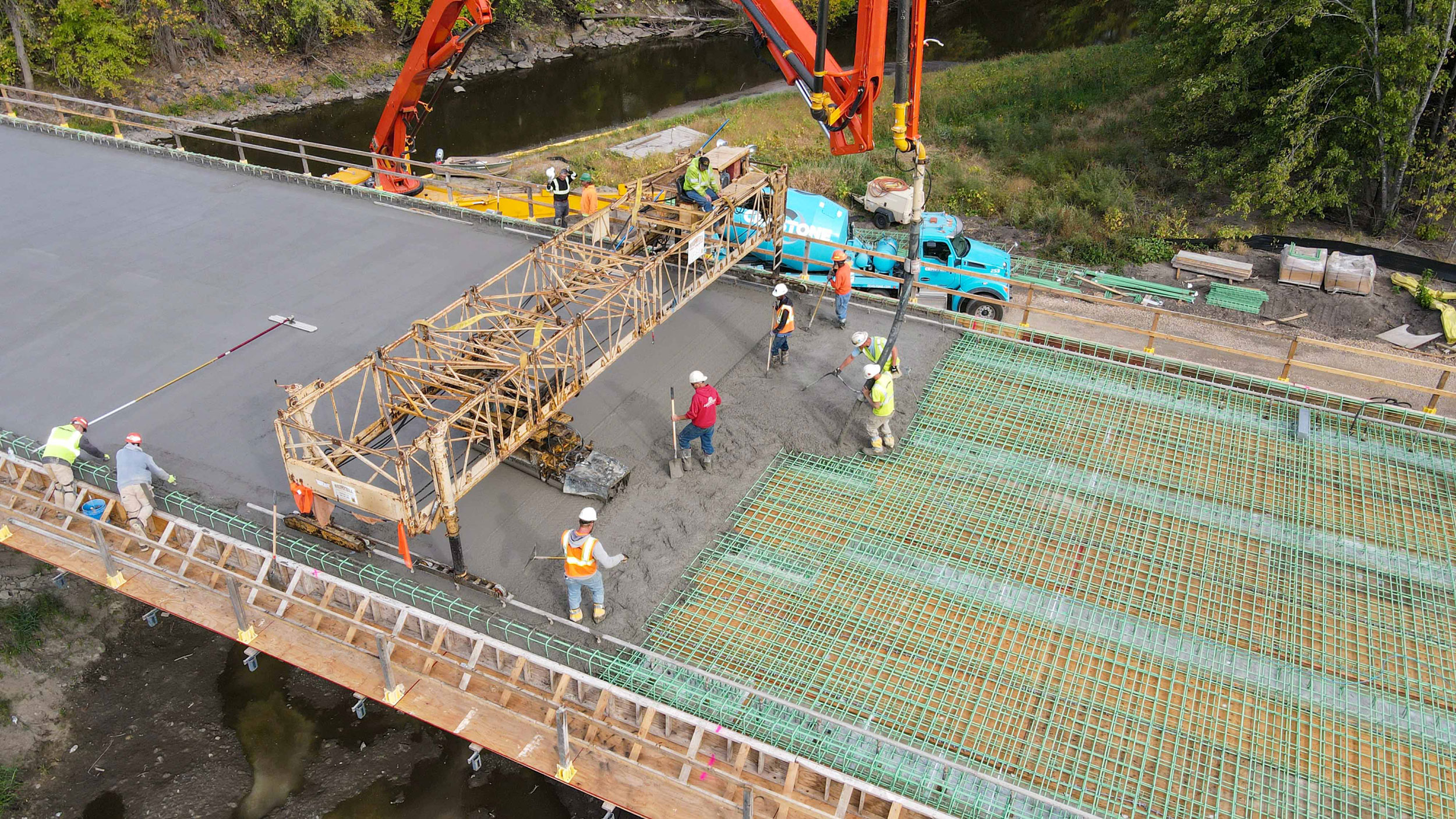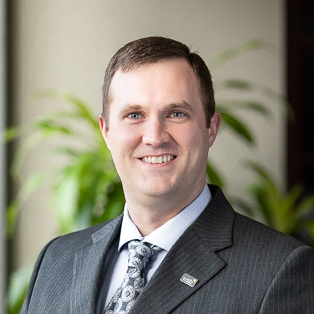
How Rethinking Asset Management Can Build a Smarter City
February 13, 2023
By Kory Andersen, Sr Asset Management Planner, WSB
Infrastructure assets are not something we think about often, but we rely on them in our everyday lives, so it’s important we get the most out of them. When community leaders think about how to make their cities smarter, they often don’t think broadly enough. Leaders need to expand their thinking from an operations-centric perspective to thinking about how they maintain the assets themselves.
When creating the smart city of tomorrow, there are numerous opportunities to integrate systems so that assets are better understood, better preserved, and better utilized. It means harnessing the power of digitization and predictive modeling, from major assets like roads and bridges, to smaller assets like streetlights and playground equipment.
Here are some ways that community leaders can build asset management into their smart city planning.
Ensure Smart Tools are Integrated When Managing Replacing Infrastructure
Many of our major assets are aging and no longer able to be fixed and maintained with a band-aid approach. When replacing or upgrading assets, city leaders must ensure they are using the latest software and tools that allow them to better monitor assets and predict when they will need repairs. Enterprise Asset Management Systems (EAMS) provide digital tools that allow communities to coordinate all of their asset management from a wholistic, cross-asset trade-off approach. Digital integration also ensures better communication among all city departments and leaders – from the person on the ground making repairs, to engineers, to the city official making long-term financial decisions.
Integrating digital management tools into community assets can also help cities strategically rethink capital planning over 10, 20 and 30 years. Making the digital transition in how you manage ensures that you are not just being reactive, but proactive in asset management. Moreover, it also ensures that knowledge about asset management is institutional and not lost as workers retire or move to different positions.
Understand How Smart Asset Management Mitigates Risk
Community leaders need to think about risk in two ways: the risk of an asset itself and the risk of an entire system of assets. Think about it as a pipe in a whole network of pipes. When one pipe breaks down it can impact the entire system of pipes. Better understanding when one piece of the whole will need to be updated or receive maintenance ensures a more efficient overall system, and better protects assets.
Additionally, climate change also plays a significant role in asset risk. Many systems were built decades ago, using models and assumptions that no longer work as we face more major storms and weather events. Smart city tools reduce risk and protect assets like storm water systems.
Think About Long-Term Savings
For many leaders, adopting new technologies or implementing smart city policies can feel financially overwhelming, but there are numerous long-term benefits and cost savings. Predictive modeling can better manage and preserve assets, providing savings over the long-term while reducing unexpected costs. Resources and staff time are also better utilized.
Additionally, smart asset management reduces liability, risks, and improves community safety. When managing critical but often overlooked assets like sidewalks and crosswalks, for example, there are digital trails of maintenance and asset management plans. Not only is liability reduced, but city budgets, residents, and taxpayers are better protected too.
Smart Asset Management Helps Humans Be Human
Relying on humans to know everything when it comes to asset management is unrealistic. There are so many variables and details that smart tools can predict and better manage. Rethinking asset management ensures that cities are managing all their assets in ways that are efficient, predictive, risk mitigation, and better serve residents.
Not sure where to start, or unsure of the best ways to integrate asset management into your smart city planning? WSB can help your community integrate smart technologies and tools to better manage your assets.

